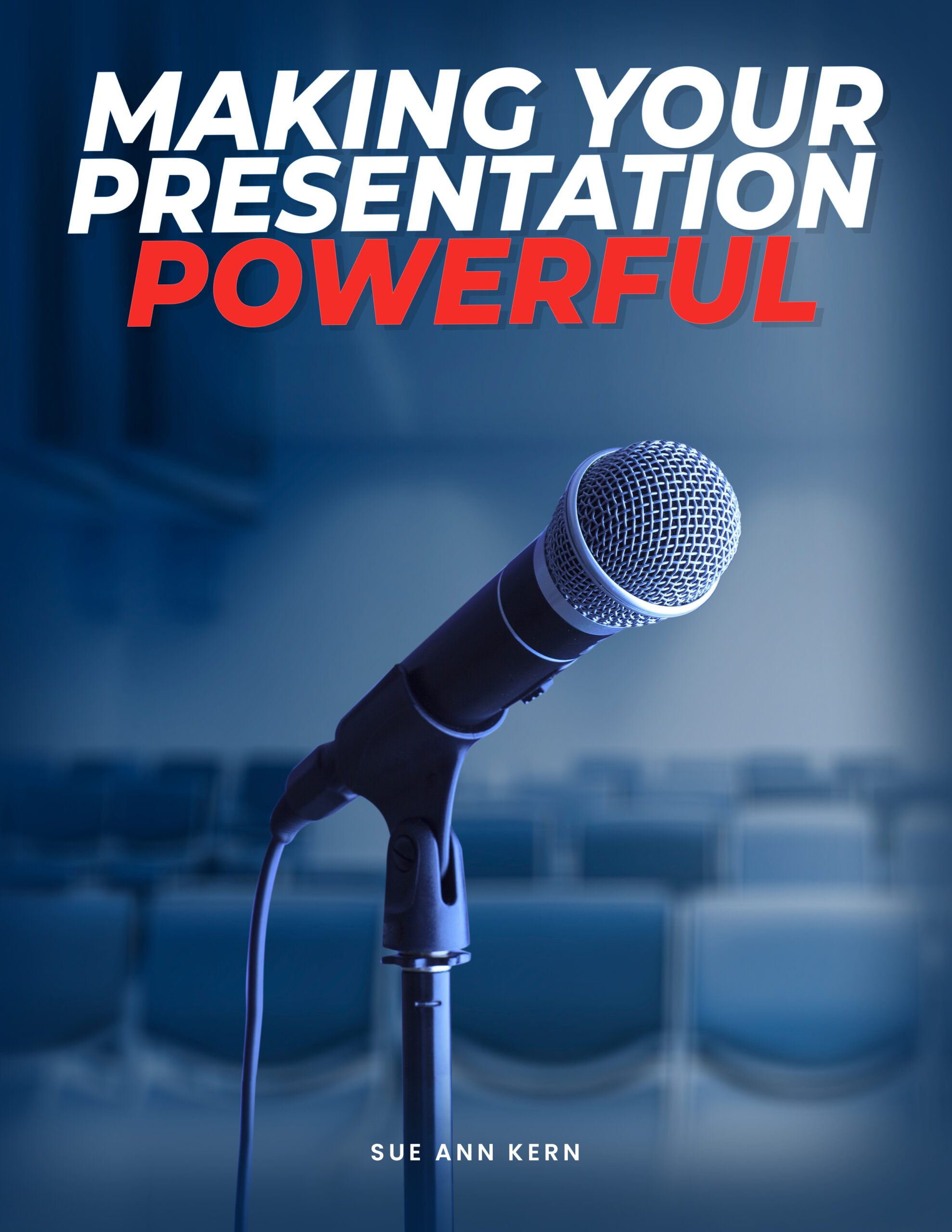A Rhetorical Device is a creative literary technique devised to help the speaker or author communicate and generate an emotional or provocative response from the audience. Rhetorical devices, used correctly, can make your position more melodic, interesting, stimulating, and memorable, which in turn, makes your speech more powerful and effective.
provocative response from the audience. Rhetorical devices, used correctly, can make your position more melodic, interesting, stimulating, and memorable, which in turn, makes your speech more powerful and effective.
According to www.literarydevices.net, there are 136 different literary devices! That does not mean you use all 136 in your speech – or even 10! While they can add a fun, interesting, and creative flow to your speech, and will help keep your audience engaged, use them judiciously.
Here are a few examples of rhetorical devices that you should consider integrating into your speech.
Alliteration – Using the same, or similar, sound to begin a succession of words. It depends on SOUNDS not LETTERS, so k=c, ph = f, kn = n, ks = x.
- sickening smell
- lighthearted laughter
- surf, sand, and sea
Rhyme – Utilizing rhyme does not mean you have to write a poem, or that the words have to end with exactly the same sound. Rhyming is more about the correlation of sounds of the words you are using. Your Attitude determines your Altitude. Rhyme can also be in the middle of a set of phrases, such as this example from Winston Churchill: Out of intense complexities, intense simplicities emerge. Humanity, not legality, should be our guide.
Metaphor – Saying something IS something else to explain it.
- The linebacker was a brick wall against the offense.
- The lake was a sheet of glass.
- The little girl’s scream was a deafening siren when she lost her balloon.
Simile – Saying something IS LIKE something else.
- The linebacker was like a brick wall against the offense.
- The lake was like a sheet of glass.
- The little girl’s scream was like a deafening siren when she lost her balloon.
Hyperbole – The word hyperbole comes from the Greek word meaning excess. Extreme exaggeration, similar to metaphor or simile.
- The stop-and-go traffic was so bad that I could have done a crossword puzzle as drove downtown.
- Her dress looks like it cost a million bucks.
- We danced until the cows came home.
Adymation – Exaggeration that is not feasible.
- I worked out so hard at the gym this morning that my arms almost fell off.
- I love you to the moon and back
- Grandma is as old as the hills.
Tmesis (tuh-mee-sis) – Inserting a word or phrase inside another word or phrase
- A-whole-nother
- My mother, God rest her soul, mad the best pumpkin pies.
- Our next speaker is, wait for it, a 5 times New York Times Best-selling author!
Antithesis – Pair exact opposites to make a point.
- “Ask not what your country can do for you. Ask what you can do for your country.” JFK
- “That’s one small step for man, one giant leap for mankind” Neil Armstrong
- “To err is human; to forgive divine.”
Contrapuntal Turnarounds – (This is a fun one to try!) Switching words around in a phrase.
- “I’d rather have it and not need it than need it and not have it.” Me!
- “Never negotiate out of fear, but never fear to negotiate.” JFK
- “Beginning of the end, or the end of the beginning.” Winston Churchill
- What doesn’t kill you will make you stronger.
Triads – Same as the Rule of 3’s. Concepts are more interesting and easily explained when they are grouped in threes.
- Three Little Pigs – House of straw is weak, house of sticks is stronger, house of brick is stonger.
- The Good, the Bad, and the Ugly
- Stop, drop, and roll
Hendiatris – Using three successive words or phrases are used to express a central idea.
- “Veni, vidi, vici.” (“I came. I saw. I conquered.”) Julius Caesar.
- “Faster, Higher, Stronger” – Olympic motto
- “Wine, women, and song”
Anthropomorphis – Giving something inanimate human qualities or characteristics.
- Any cartoon where the characters are animals. (The Little Engine That Could.)
- The storm was determined to thwart our picnic plans.
- My cell phone is my best friend.
Anaphora – Using the same word or phrase to begin successive clauses, sentences, or paragraphs.
- “I have a dream.” MLK
- “It’s a bird…it’s a plane…it’s Superman.”
- What I hear, I forget; what I see, I remember; what I do, I understand.” – Xunzi
Another exquisite example of anaphora is the opening of Charles Dickens’ Tale of Two Cities:
It was the best of times,
it was the worst of times,
it was the age of wisdom,
it was the age of foolishness,
it was the epoch of belief,
it was the epoch of incredulity….
Epistrophe – Using the repetition of words or phrases at the end of a phrase or sentence.
- “When I was a child, I spoke as a child, I understood as a child, I thought as a child.” – 1 Corinthians 13:11
- Government of the People, for the People, by the People” – Abraham Lincoln
- You scream, I scream, we all scream for ice cream!
There are dozens of more types of rhetorical devices, from accumulation to verisimilitude. it’s actually quite a fascinating, fun, and fanciful study!
However, be careful not to overuse these tools. One of my friends loves to use similes to the point that it gets exhausting and they lose their cleverness. It’s like telling the same joke over and over (and over) again.
My challenge to you is to listen to a few famous speeches and see what rhetorical devices you can detect. Politics aside, I suggest you start with President Joseph Biden’s Inaugural Address during which I found examples of anaphora, hendiatris, epistrophes, and triads, to name just a few.
Then, be creative and have fun implementing these in your next speech and enjoy the reaction from your audience!
